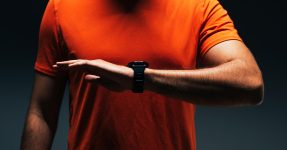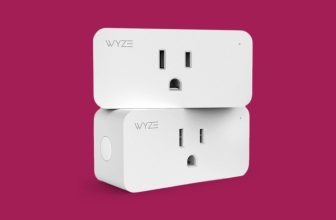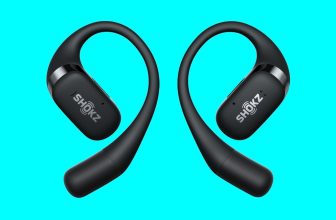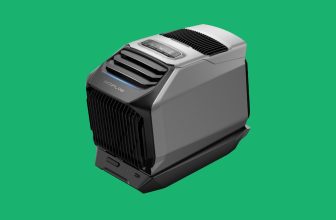
How Chronic Illness Patients Are ‘Hacking’ Their Wearables
In the months after giving start to my son in March 2019, my Fitbit began recording some uncommon coronary heart fee readings. Pregnancy causes the resting coronary heart fee to rise about 20 beats per minute, then the speed falls again to its common ranges within the weeks following childbirth. Instead, my resting coronary heart fee continued to steadily rise after start, a pattern that was accompanied by different puzzling signs, together with exhaustion that wouldn’t go away regardless of how a lot I slept; fixed, low-grade dizziness; and an lack of ability to return to my former health ranges, regardless of how onerous I labored out.
Although discovering a solution took years and dozens of physician’s visits and checks, this variation in resting coronary heart fee was one of many first clues that I had developed a type of dysautonomia referred to as postural orthostatic tachycardia syndrome.
Wearable tech, reminiscent of a Fitbit, Apple Watch, Oura Ring, Whoop, or any variety of different commercially out there gadgets, affords a handy strategy to acquire private information about our well being developments, whether or not it’s details about resting coronary heart fee, coronary heart fee variability, sleep period, or complete exercise ranges.
What is much less clear is what all of this information means, particularly when a number of the readings are uncommon or an individual is coping with signs for which they don’t have a analysis. “What we have right now is a health and wellness industry that provides data-driven insights and data-driven advice, so long as their physiology is typical,” says David Putrino, a bodily remedy researcher at Mount Sinai in New York City. “What there is a critical need for is applying those same principles to groups of folks with complex chronic illness who have atypical physiology.”
For the time being, many sufferers with power diseases are resorting to cobbling collectively a system that works for them, based mostly on their very own data about their situation and the info they’ll entry utilizing a wide range of well being trackers, all whereas navigating life with power sickness, the place signs fluctuate day-to-day.
For many sufferers, this creativity is borne out of desperation, as plenty of these diseases, whether or not it’s lengthy Covid, dysautonomia, or myalgic encephalomyelitis/power fatigue syndrome (ME/CFS), have only a few remedies out there and even fewer specialists who’re educated in recognizing and treating them. “We’re being forced to do it ourselves, because the system is not set up to address these more complex and invisible conditions,” says Spencer Gudewill, a affected person with post-concussion syndrome and the cofounder of the Strong Haulers, which goals to assist folks with power sickness handle their situation utilizing wearable tech. “A lot of people slip through the cracks.”
Resting Heart Rate as a Warning Sign
Resting coronary heart fee has lengthy been used as a metric of general well being, with common values being between 60 and 100. People who’re in good well being and have a better degree of health are inclined to have decrease coronary heart charges, as their hearts are usually stronger and extra environment friendly, with educated athletes usually reporting resting coronary heart charges which are decrease than 60 beats per minute. The next resting coronary heart fee, or an will increase over time, is commonly an indicator of poorer well being, together with an elevated threat for coronary heart assault.
Short-term modifications in resting coronary heart fee are sometimes utilized by athletes to gauge whether or not they’re overtraining, whereas modifications may also be an indication of an an infection, such because the flu or Covid. In a examine revealed within the Journal of the American Medical Association utilizing Fitbit information, researchers discovered that, on common, a Covid an infection triggered a rise in resting coronary heart fee that took about 79 days to return to regular.






